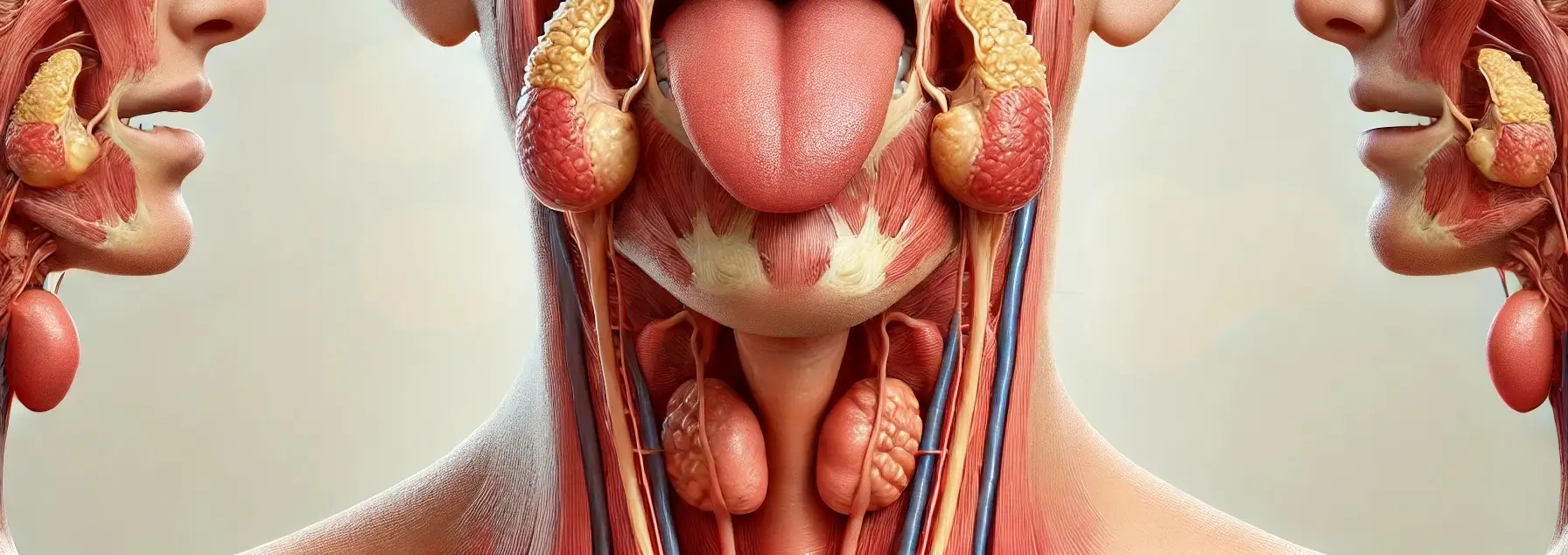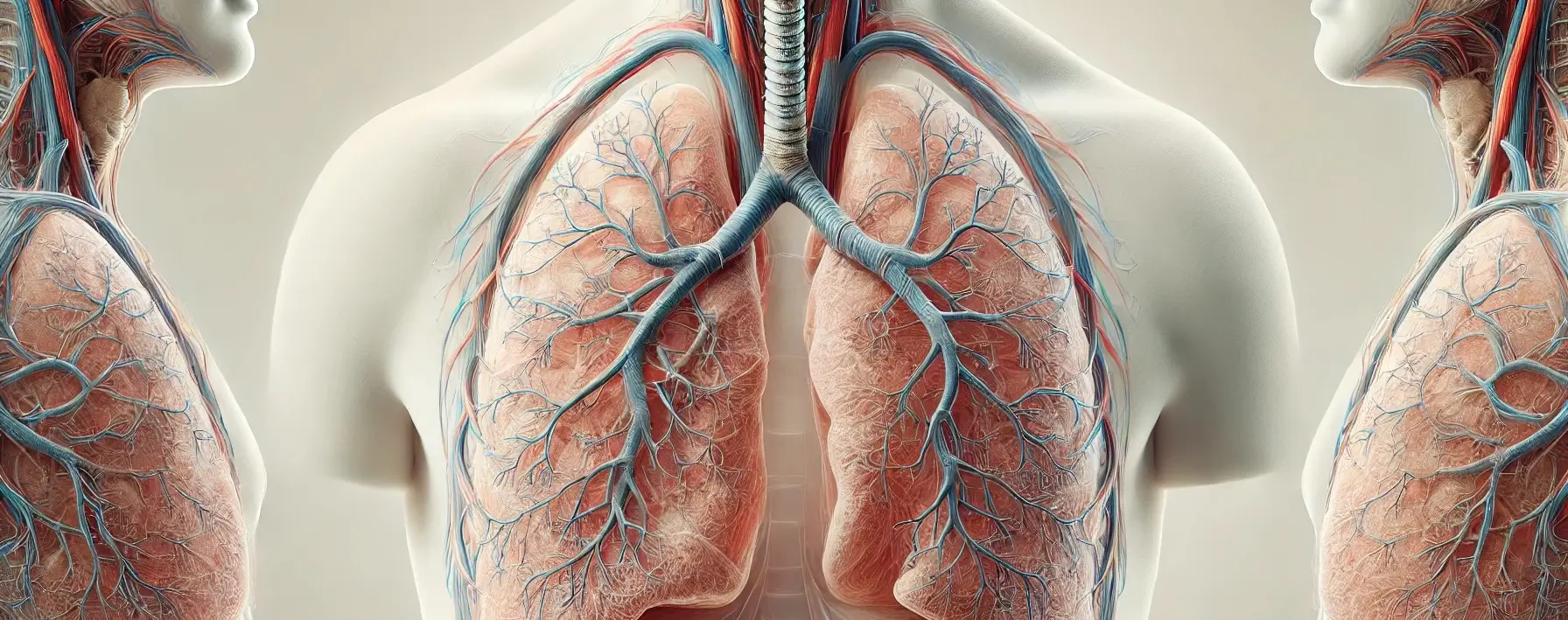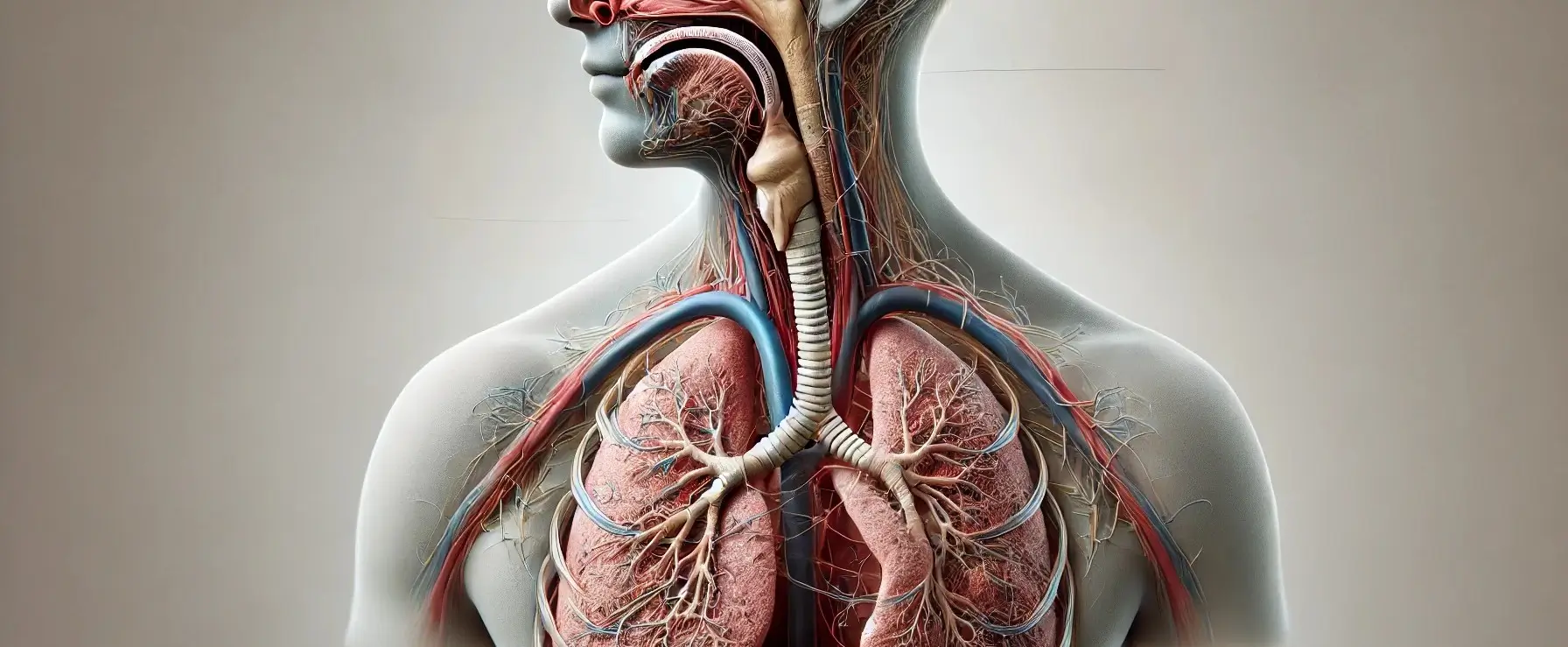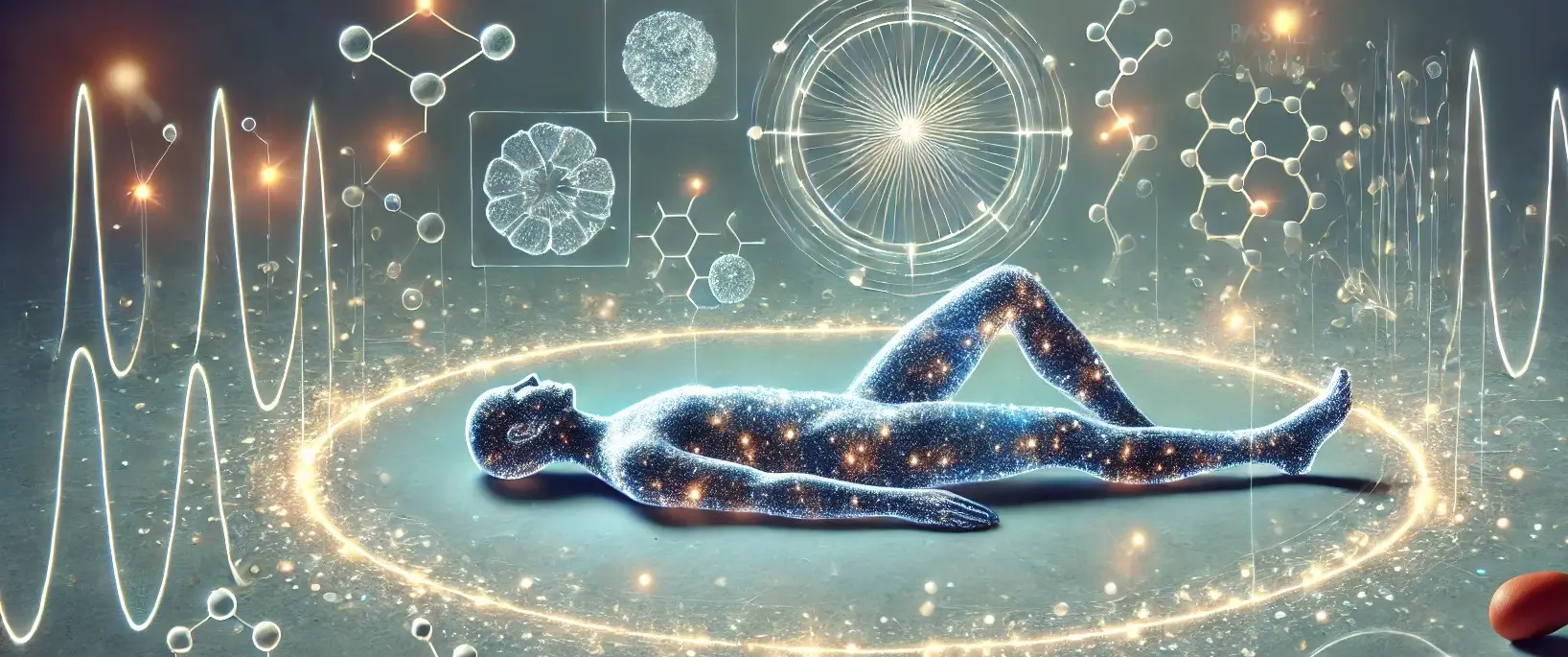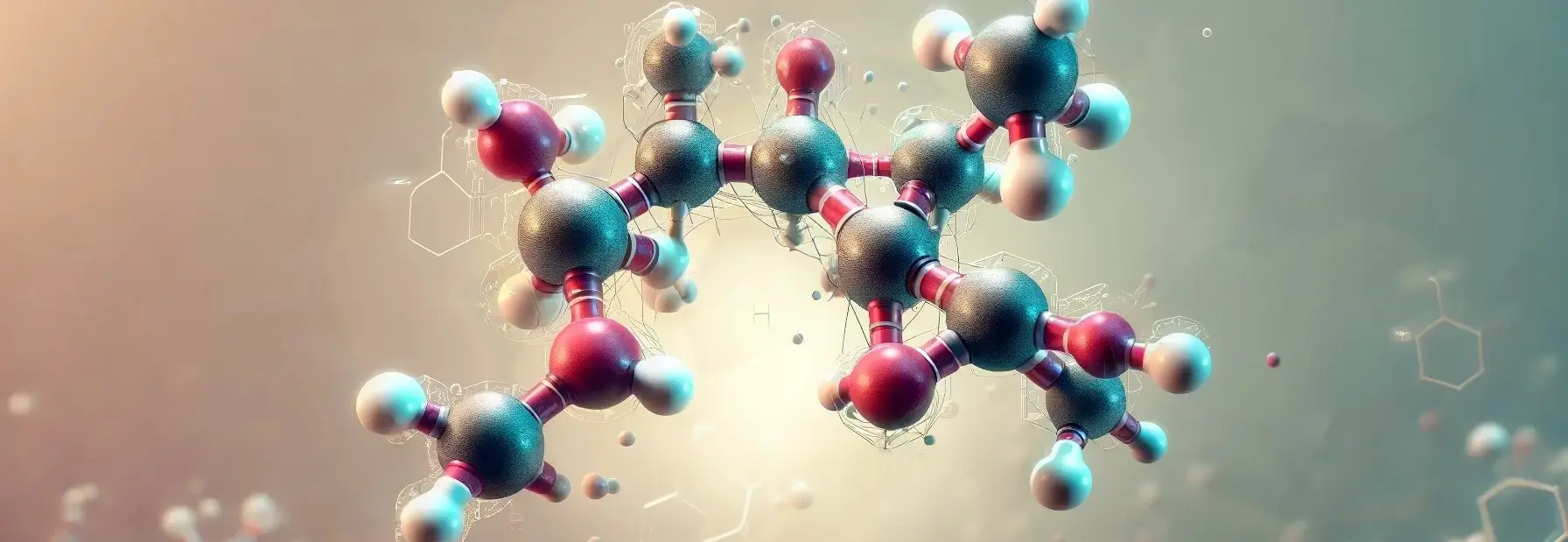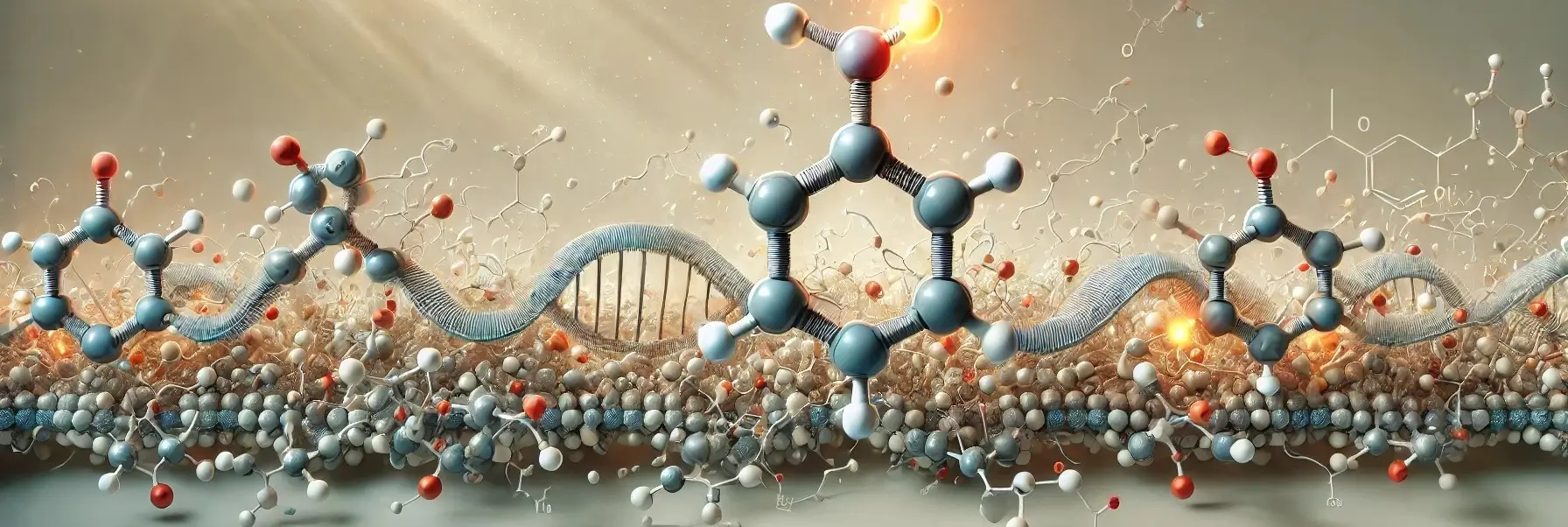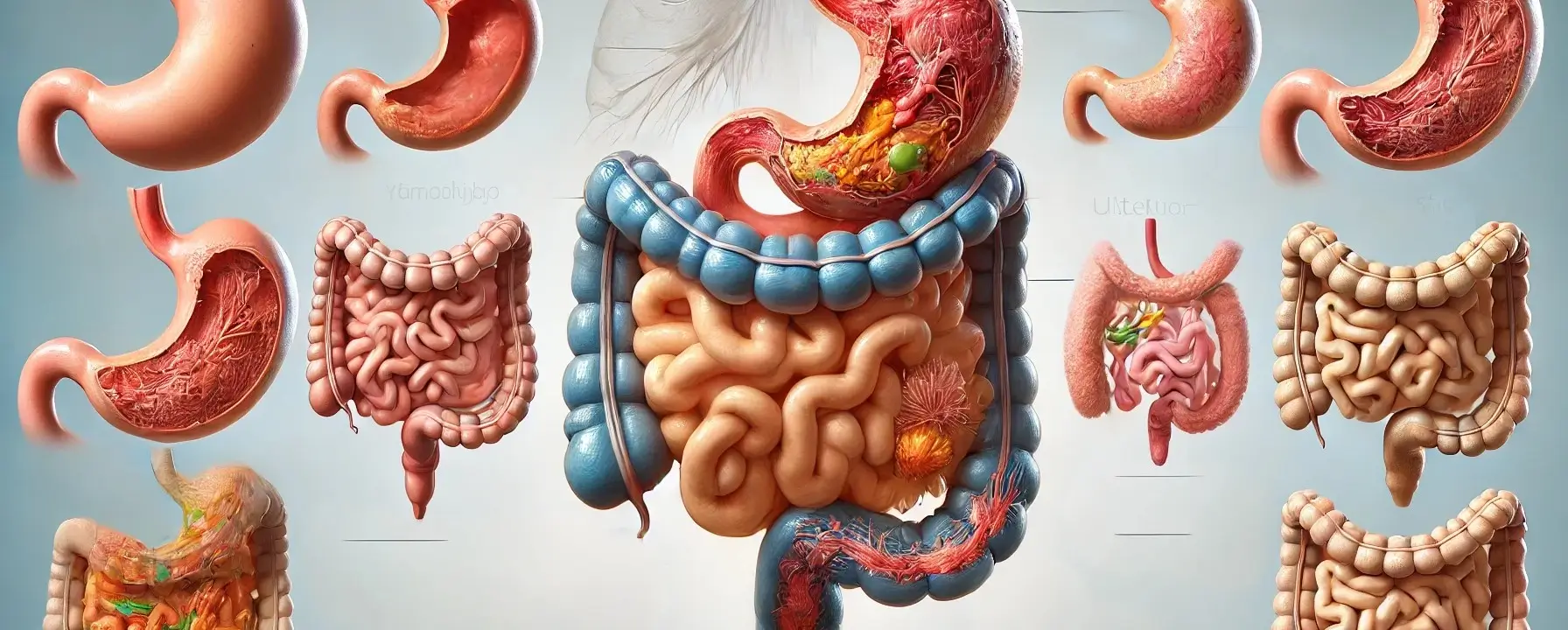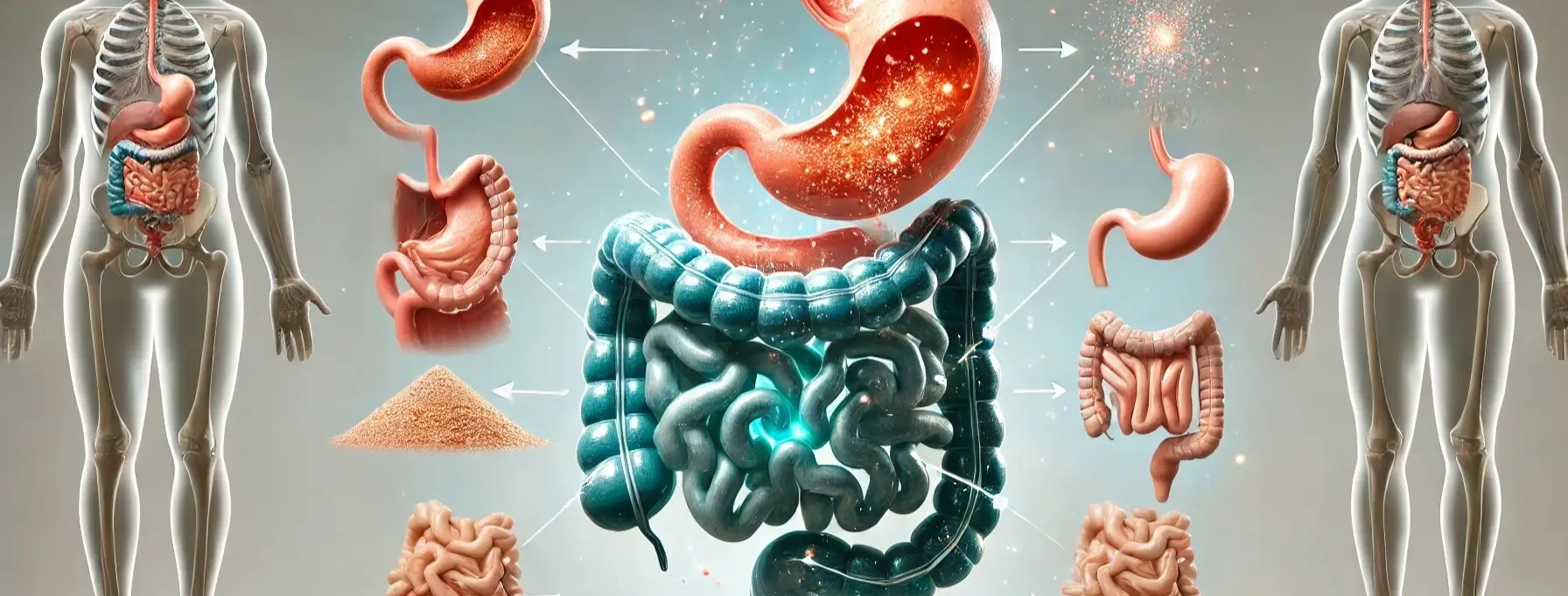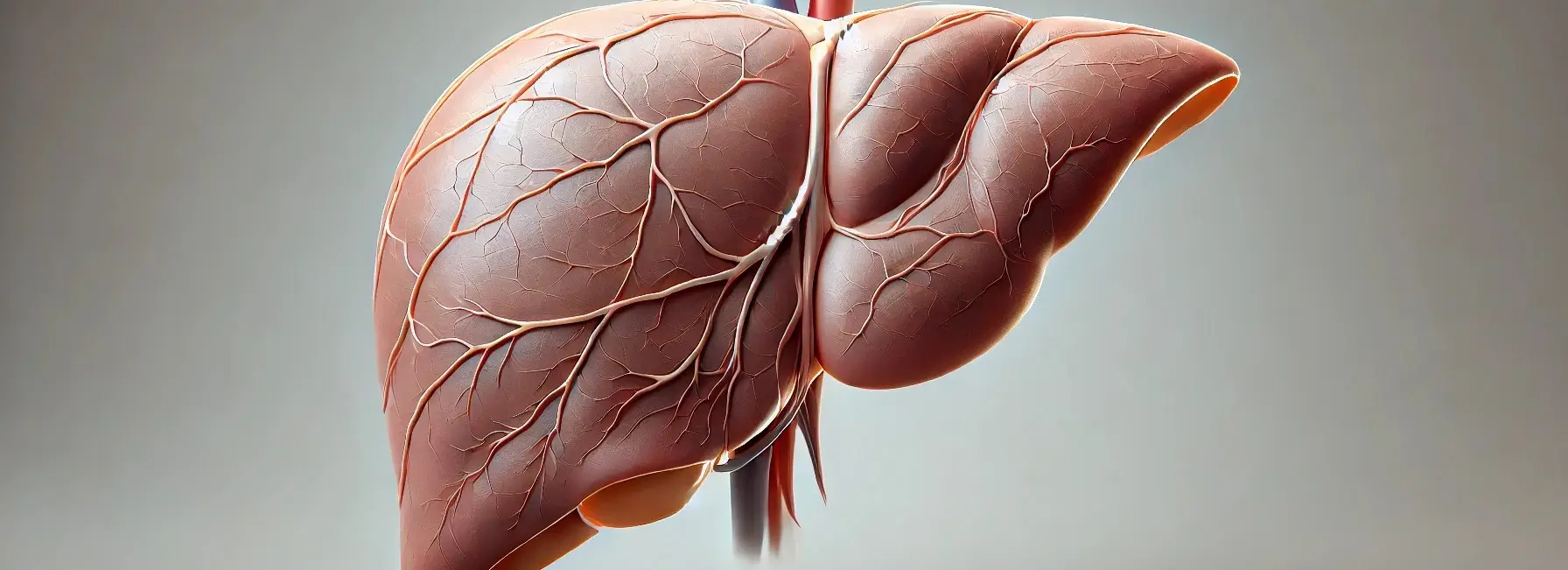Salivary glands
Salivary glands are exocrine glands in the human body that produce and secrete saliva, a vital fluid that aids in digestion and oral health. Anatomy It is exocrine glands that produce and secrete saliva. There are three pairs of major glands and numerous minor glands in the oral cavity. Parotid glands: The largest glands, located … Read more

